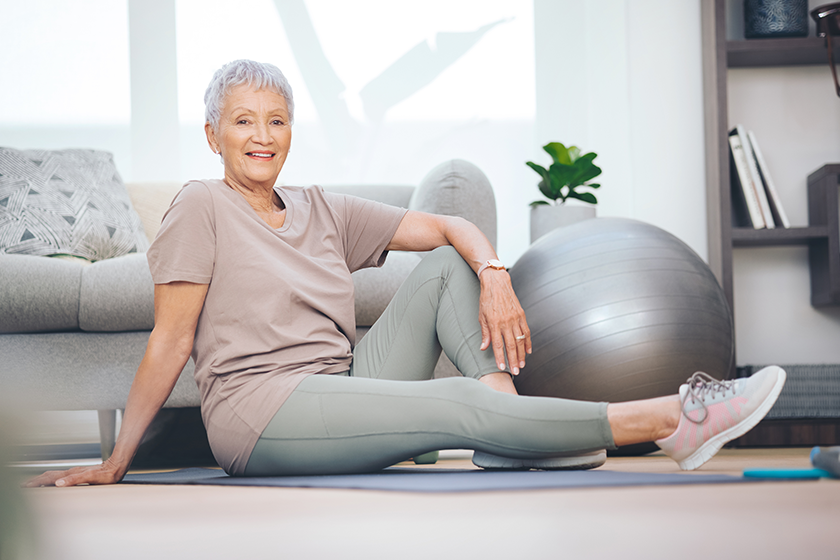When it comes to residents with limited mobility, ensuring they remain active and engaged is essential for their overall well-being. Respite care in North Port, FL, understands the unique challenges they face and offers innovative solutions to ensure they get the necessary physical activity.
Understanding Individual Needs and Abilities
Before starting any exercise regimen, the team members assess the individual needs and capabilities of each resident. This assessment helps in identifying the type of exercises suitable for them and avoids any activities that might be strenuous or unsafe. By understanding the physical and health conditions of each resident, an effective and customized exercise program can be formulated.
Incorporating Chair-Based Exercises
Chair-based exercises are a cornerstone of exercise programs designed for individuals with limited mobility. These exercises allow residents to strengthen their muscles, enhance flexibility, and improve circulation without the need to stand or walk. From seated marches to gentle leg lifts, these exercises are both safe and effective. They not only promote physical well-being but also instill a sense of accomplishment among the residents.
Utilizing Adaptive Equipment
Respite care communities in North Port use a variety of adaptive equipment to assist residents with their exercises. This includes resistance bands, soft weights, and exercise balls, tailored to be used comfortably by those with mobility challenges. The equipment aids in enhancing strength, balance, and flexibility. Team members are trained to guide residents on using these tools safely, ensuring maximum benefits.
Engaging in Group Sessions
Group exercise sessions play a dual role. They not only promote physical activity but also offer a social engagement opportunity. Being part of a group can motivate residents to participate regularly and enjoy the camaraderie. These sessions often involve light aerobic exercises, stretching routines, and sometimes even dance or music to keep things lively and engaging. The energy of the group can often motivate residents to push their boundaries and enjoy the session more.
Promoting Gentle Range-of-Motion Activities
Flexibility and joint health are crucial for those with limited mobility. Range-of-motion activities focus on gently moving each joint through its full range. Whether it’s bending the knees, rotating the ankles, or moving the wrists, these exercises help in preventing joint stiffness and enhance flexibility. They can be done either passively with the help of a team member or actively by the resident, depending on their ability.
Emphasizing Aquatic Exercises
Aquatic exercises are becoming a popular choice for those with limited mobility. The buoyancy of water reduces stress on joints, making movements smoother and less painful. Many respite care communities in North Port, FL, offer aquatic therapy sessions in specially designed pools. Water resistance also aids in strengthening muscles, and the soothing nature of water can be therapeutic, enhancing both physical and mental well-being.
Involving Occupational Therapists in Program Design
To ensure that exercise programs are both beneficial and safe, respite care communities often collaborate with occupational therapists. These professionals have specialized training in helping individuals maintain or improve their ability to perform daily activities. By involving them in program design, exercises can be tailored to not only enhance strength and flexibility but also improve the resident’s capability to handle everyday tasks with greater ease.







